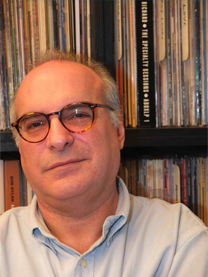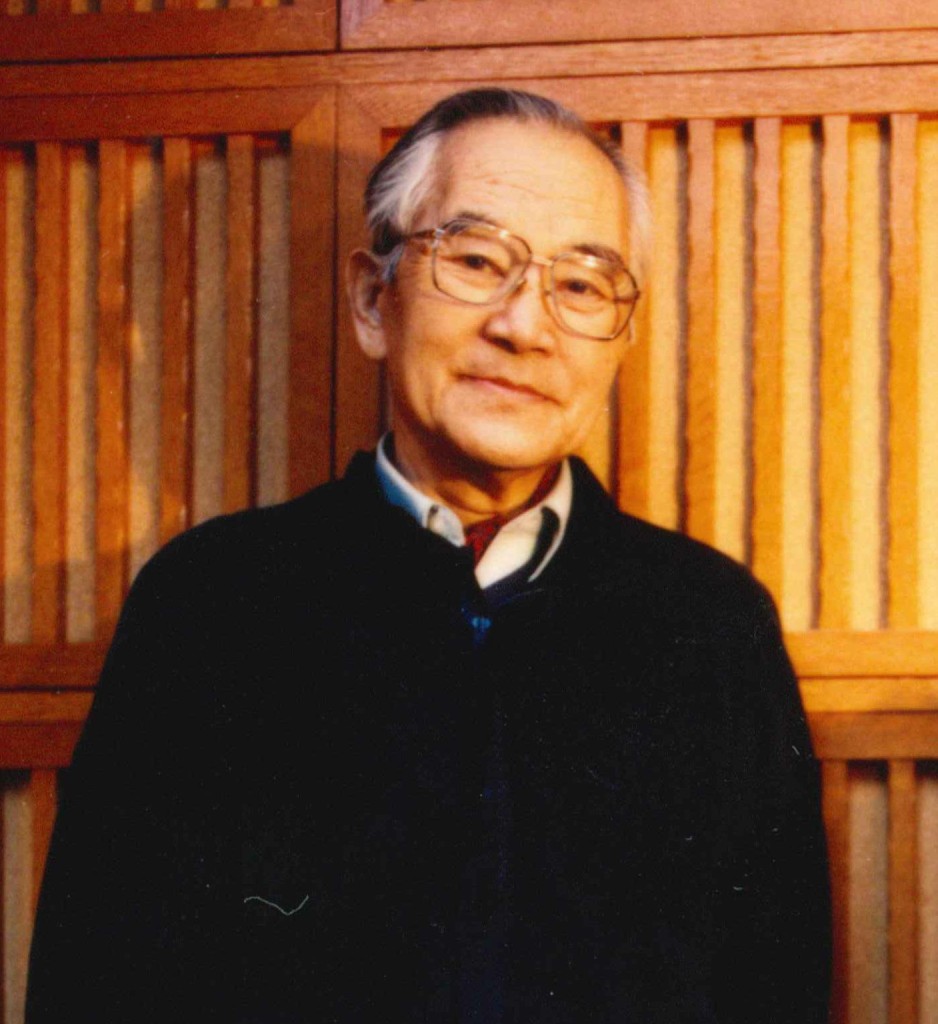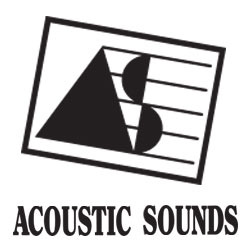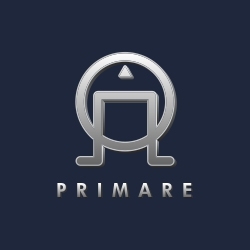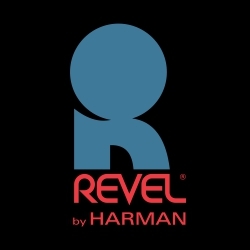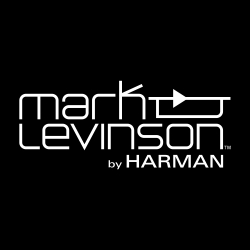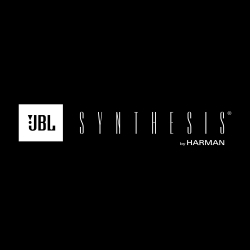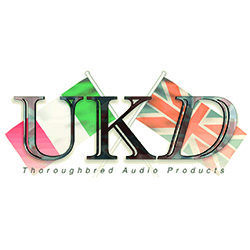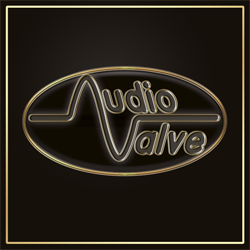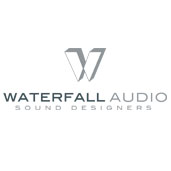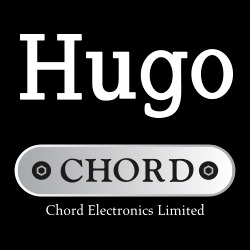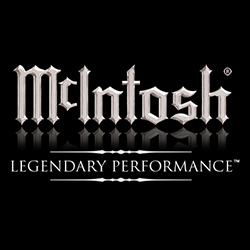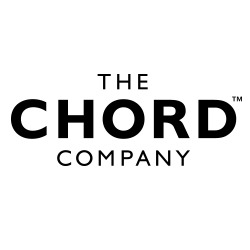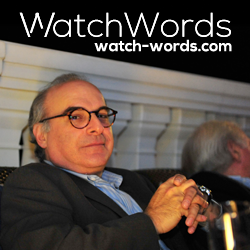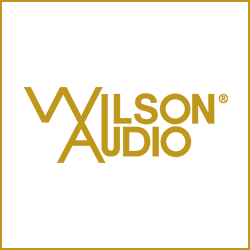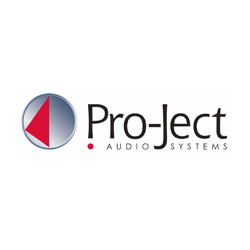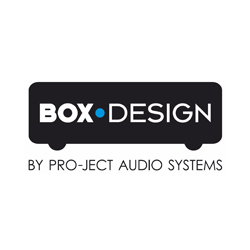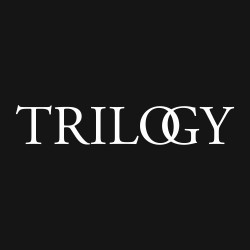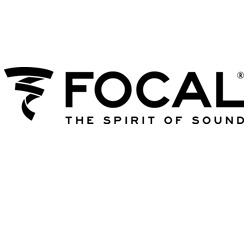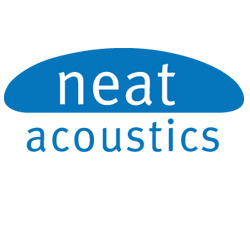Fi – INTERVIEW WITH YASUO NAKANISHI Ken Kessler
Among the behind-the-scenes movers-and-shakers in high end audio, few wield as much influence and power as the importers/distributors. Normally, hi-fi enthusiasts are unaware of their efforts because such people do not aspire to the celebrity of designers. And yet they can make or break products to even greater effect than the press, though the press would never admit it. But few are the importers who can take credit for single-handedly establishing the genre in their own country. Fewer still are those whose interests, efforts and taste are felt outside of their home market.
Yasuo Nakanishi is, beyond question, the Godfather of high end audio in Japan. For over 30 years, he has discovered and established fledgling brands, nurturing them to a point where they can enjoy a global reputation. Through his company R.F. Enterprises, Yasuo has distributed some of the greatest names in audio. In the 1970s, his company handled brands such as Audio Research, SAE, Beveridge, and Electro Research. In the 1980s, R.F. Enterprises was the Japanese distributor for Krell, Apogee, Studer/Revox, Jadis, and Cello. Added to the roster in the 1990s were Acoustic Energy, Audio Alchemy and VAC. A second company, Stellavox Japan, Inc., was established in 1989 to distribute Goldmund, Martin-Logan, Magnepan and others. But the trigger to R.F. Enterprises’ success and therefore the birth of the high end in Japan was Yasuo’s discovery of Mark Levinson Audio Systems.
Yasuo took the time to talk to Fi during the very busy High End ’96 show in New York, in the Audio Alchemy suite. He further assisted Fi with some detailed correspondence and the loan of some priceless catalogues, showing the development of R.F. Enterprises since the 1970s. This reminiscence was inspired by yet another threat from Yasuo to retire. But, like Frank Sinatra and Harry Pearson, he probably never will. And for that the high end should be grateful.
Fi: You first brought “music-making equipment” into Japan in the early Sixties?
YN: Let’s see…it was ’64.
Fi: Jukeboxes?
YN: That’s right.
Fi: How difficult was it 30 years ago to import foreign-made goods into Japan? More difficult than it is now?
YN: Much more difficult. First of all, duties were much higher. Now we pay only three percent tax-type duty. In those days, we were paying 25 or 30 percent on luxury type items, and also it was so cheap; the dollar bought 360 yen. That was the fixed rate for many years. Japanese college graduates were making probably $300 a month.
Fi: If you were importing jukeboxes, were there no Japanese-made jukeboxes at that time?
YN: At that time, no.
Fi: So you didn’t have a problem with nationalism in that respect, you weren’t hurting local businesses?
YN: No.
Fi: What made you move into component audio?
YN: Well, actually I was an audiophile, so to speak, before I started my business, and I always liked to listen to records – 78s, I mean. When I came here, to the USA, and they were starting to produce LPs, that excited me even more to listen to recorded music. I came back from this country in 1957 and I really started to be interested in audio equipment. In those days I didn’t do anything commercial; I was buying things only for myself.
Fi: Did other Japanese audiophiles have to do the same?
YN: Yes. It was very, very difficult. In those days, Marantz and McIntosh were at the top.
Fi: But no official distribution in Japan?
YN: Yes, but in a very small way.
Fi: When you began importing high-end components in the mid-to-late 1960s, were most of the products on sale in Japan still Japanese-made?
YN: Yes. But already American-made products were regarded as the most desirable audio products. McIntosh and Marantz were still at the top, JBL speakers like Hartsfields – so very expensive, only a very limited number of people in Japan could afford them. It was like Leica cameras. Before the war, a Leica with a couple interchangeable lenses would have bought a house.
Japanese products after the war became quite high in quality and cost-effective. However, they tended to be just well-made and tended to drive many good, long-established manufacturing companies in overseas markets, especially in Europe: automobiles, cameras, audio products. I wanted to bring in products with a soul to introduce them to the Japanese market.
I was handling this jukebox business, AMI (Automatic Musical Instruments) made in Grand Rapids, Michigan, a subsidiary of a company in New Jersey called Rowe, which made vending machines. We started to import vending machines first; there were no Japanese companies making vending machines then. At that time, the American military stationed in Japan started to use coins; up until then they were using coupons. The company I was working for had a contract to supply them with all sorts of vending machines: cigarettes, soft drinks, some food. And I was in charge of that business. When the chairman of the company I was working for – Seibu – his son succeeded him as the president of the organization and didn’t want to have anything to do with the US. We sold so many machines and the exchange service wanted us, wanted me to organise a company to operate the machines because vending machines have to be taken care of. And that was the beginning of R.F. Enterprises.
At first, we didn’t know anything about juke boxes. And when we were doing very well with vending machines the company in New Jersey wanted us to handle the jukebox business, too, in Japan. It was brand-new. There were only three or four jukebox manufacturing companies in the United States, so we started to import jukeboxes. While the business was good, they didn’t sound good. I started to look for audio components to import.
Fi: What was the first high-end brand you imported?
YN: It was a brand called SAE. Remember it?
Fi: Yes – parametric equalizers spring to mind.
YN: It was the really early days of SAE, less than five people involved there, in Los Angeles. Young men fresh out of college trying to make really fine amplifiers, baking transformers in the oven in the kitchen. SAE was just making power amps in those days.
Fi: Was it difficult getting across to Japanese audiophiles the concept of high end?
YN: Rather difficult. For one thing, imported components were much more expensive than Japanese products. The likes of Sansui, Trio [Kenwood outside of Japan], Pioneer were coming out with lots of new products, and it was a period of transition from tubes to transistors. SAE made nothing but transistor equipment, and people were divided, tubes versus transistors. Very few people were ready to move to transistors.
Fi: Were the Japanese audiophiles of 30 years ago as adventurous as they are today? Lots of amp-building, exotic horn systems? Or did they not have much choice?
YN: There was a small number of very seriously interested people who were building things by themselves, especially speakers.
Fi: What was your competition at the time?
YN: Actually, the existing establishment. Anybody who wanted to buy really good American product went after Marantz or McIntosh.
Fi: So you had to create the market. Was your first method to go to the retailers or to the press?
YN: Had to go to the retailers. There wasn’t any good press. Stereo Sound came a few years after we started up. But after Stereo Sound was started, the press became very important for our type of business.
Fi: And the infrastructure for selling high end probably didn’t exist; you had to teach them that as well?
YN: That’s right.
Fi: Was it a struggle to establish SAE, or did it come along quite easily?
YN: No, it was rather difficult. There were economical elements. Even SAE had to be sold at much, much higher prices than Japanese products. But like today, Japanese hobbyists and enthusiasts, relative to the amount of money they make, are much more interested in these things than people in other countries. I understand that even before the war, Japan was such a poor country, yet still, for Leica, it was their third largest market.
Fi: Was there a lot of wealth concentrated into a small part of the population?
YN: Yes, but even more than that I think it’s the people’s way of thinking and their ambitions for these kind of things.
Fi: Is there a fascination among the Japanese for imported goods? Did that help you at all?
YN: I think so. Designs of Japanese products have so many similarities, but SAE amps looked quite different, very different. And the sound was really quite different, also. This kind of Japanese mentality helped a lot. The newness of the products that were coming from the United States – and they were new in the United States, too.
Fi: We in the West always hear about protectionism making it difficult to import or sell foreign products in Japan. What kind of obstacles did you face as an importer?
YN: It wasn’t a cultural problem but governmental. Each and every government official, customs, for instance, was trained to keep products out and to help Japanese products to export.
Fi: Do you believe that that has lessened?
YN: I think so.
Fi: What followed SAE?
YN: Those were the days when there were so many so-called garage-type manufacturers coming up in the United States. Very, very small companies, very, very under-financed. Let’s see, I can think of…a company called Quintessence. You remember? Also with five or six people. The funny thing is they were built very poorly. Looked terrible. [Long pause.] But sounded good. [Laughs knowingly.]
Japanese products are usually finished and QC’d better than those made abroad. I tried to help overseas manufacturers improve their products, especially in those two areas. It would be nice to make the best of the two worlds merge: high reliability and high sonic quality!
We handled a company called AGI from Philadelphia. We did very well…and they didn’t break. Audionics, from Portland, Oregon. Those were the sort of things we were importing before we started with Mark Levinson.
Fi: At what stage was his company when you started working with Mark’s products?
YN: Mark was living with his parents, building things in the basement. Not selling anything, making very, very few pieces for professionals.
Fi: How did you come to hear of him?
YN: I read Bert White’s article in Audio magazine. I forget which issue, but he had a one-page article every issue and he was talking about a good preamplifier from Connecticut, that a young man by the name of Mark Levinson was building, the LNP-2 preamplifier, in Woodbridge, Connecticut. And he gave the address. He said he was quite impressed by this piece of gear. The next time I came to New York – I think it was the summer of ’74 – I hired a car and went to Connecticut, with the telephone directory. There wasn’t any factory. I was starting to worry.
I found the house; Mark was working in the basement and he was so surprised when I drove up in this black limousine. I kept the limo waiting and I started to talk to Mark. He had one prototype LNP2 preamplifier, and I liked it very much. We didn’t listen to it seriously, but the build quality and functions and everything else – it was something that I had never seen. I started to talk to Mark about importing them into Japan.
He had started to talk to a Japanese trading company by then, but somehow there was the right chemistry between Mark and me and Mark wanted to work with me so he cancelled the previous engagement with this Japanese trading company, a big one, much, much bigger than R.F. Enterprises. Shriro – and they were doing Hasselblad. Mark just wanted to go with me.
All my friends advised me not to do it because they were so very expensive. At the time, a McIntosh C-22 was regarded as THE best preamp and it sold for around 300,000 yen. An LNP2 had to be sold for 900,000 yen. McIntosh then was quite different from McIntosh now. At the top of the high end. So they didn’t think I could be successful. But build quality and pride of ownership convinced audiophiles in a very short period of time. The reputation spread through word of mouth and Mark was, even after about six months or so, building only six or seven per month.
Fi: And most of those were being sent to you?
YN: Yes. As it is now, when something happens in Japan, then countries like Taiwan, markets like Hong Kong also follow. In about a year’s time, he was shipping 20 LNP2s month in, month out. He didn’t have any power amps for some time. Very, very luckily for us, one of the most influential reviewers in Japan, by the name of Segawa, liked the LNP2 with SAE power amps. He used the combination himself and also wrote about it, in Stereo Sound and other magazines. We just couldn’t get enough products.
Fi: Did some time pass before other distributors tried what to do you were doing?
YN: Actually, there were products from England, including Quad, a slightly different market for the competition. Also, there still were a number of tube brands, also some from England.
Fi: What about Japanese high end? Stax? Koetsu?
YN: Japanese audio brands were still represented by the three “biggies” as they used to call them: Pioneer, Trio, and Sansui. But their high end prices didn’t compare with what we’re talking about. Sony also got into it a little bit. That’s about it.
Mark Levinson was instrumental in establishing the concept of high end throughout the Seventies. And then he got into power amps, rather unusual ones. The ML2 was such a small power amp, but it sounded quite good and it was very expensive. Mark and I kept talking about new products, designs and things. He did come to Japan quite often in those days. By the late 1970s, we had a number of different models, including power amps, crossovers – that really established this genre we call high end. At that time, of course, nobody talked about high end.
Fi: Looking back, what do you think was the most important move you made in establishing the high end in Japan? Discovering Mark Levinson?
YN: That’s one of them. But also, without any design on my part, the vending machine and jukebox market disappeared because of big companies started to make them, so we had to concentrate on audio. We tried to cover the market that we lost in vending machines and jukeboxes by importing more high end audio.
When I acted as an importer/distributor in Japan for manufacturers overseas, I wanted not merely to import their products to sell in the Japanese market but also to try to translate the manufacturers’ philosophy and ideas or to become a bridge between manufacturers and the end-users of their products. I sometimes feel that the work of an importer/distributor is not unlike that of an art dealer. During the period when the Impressionists were coming along in France, some dealers helped them, even when they were quite unknown. When we started to handle the products of new audio equipment manufacturing companies, we had no idea at all if the would make good enough products or even if they are here to stay. Some developed into successful companies. Some went bankrupt. Some simply disappeared.
But by and large, Mark Levinson before Madrigal was the most influential element in Japanese high end.
(Fi Magazine, October 1996)
Nakanishi-San passed away on 4 June 2001.
